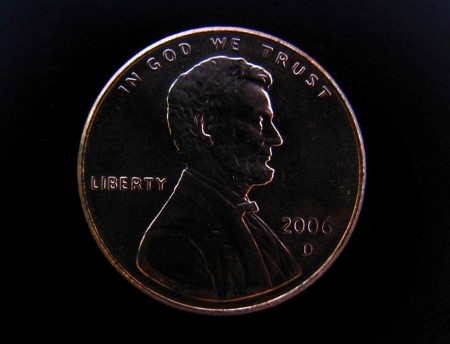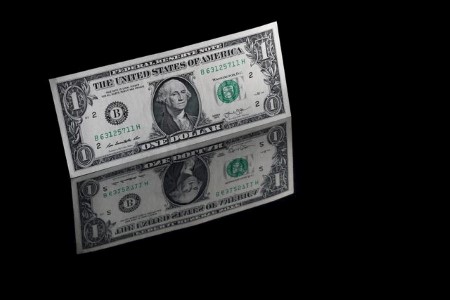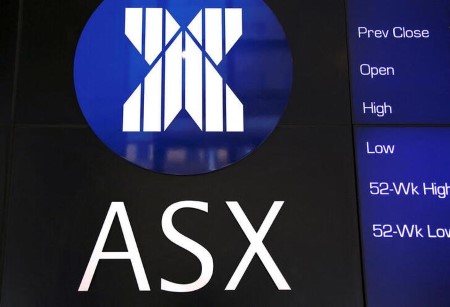Gold gained on Wednesday after an inflation print came in line with expectations, boosting the likelihood of a Federal Reserve rate cut next week, while investors awaited US Producer Price Index (PPI) data for further direction on monetary policy.
Spot gold climbed 0.9% to USD 2,717.29 per ounce, as of 01:41 p.m. ET (1841 GMT). Spot prices for bullion hit a record high of USD 2,790.15 an ounce on Oct. 31.
US gold futures settled 1.4% higher at USD 2,756.70.
The US consumer prices rose 0.3% on a monthly basis in November, data from the Labor Department showed. Annually, it climbed 2.7% after increasing 2.6% in October.
Economists polled by Reuters had forecast the CPI rising 0.3% and advancing 2.7% year-on-year.
“Gold is higher on the back of the premise that CPI data coming in benign or certainly in line with expectations, inflation not rising any further but remaining steady will allow the Fed to almost certainly cut rates at the next FOMC meeting,” said David Meger, director of metals trading at High Ridge Futures.
Traders predict a 95% chance of a further 25-basis-point cut at the Fed’s Dec. 17-18 meeting, compared with an about 86% chance seen before the inflation report, CME’s FedWatch Tool showed.
All eyes are now on the PPI data, due on Thursday for further clarity on the Fed rate cut path.
“We expect gold to reach fresh new highs in 2025, with the elevated bond yields we have today easing over the course of the year and geopolitical risks remaining a supportive driver of gold sentiment,” Nitesh Shah, commodity strategist at WisdomTree, said.
“We believe gold could reach USD 3,000/oz by the end of 2025.”
Gold, traditionally reputed as a safe investment during times of geopolitical uncertainty, thrives when interest rates are low.
Spot silver added 0.1% to USD 31.92 per ounce, platinum dropped 0.8% to USD 935.18 and palladium gained 1% to USD 977.50.
(Reporting by Anushree Mukherjee and Anjana Anil in Bengaluru; Editing by Franklin Paul, Alexander Smith, and Krishna Chandra Eluri)







 DOWNLOAD
DOWNLOAD













